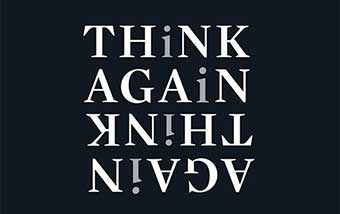Tambourine Man
March 1966
Playboy: “you’ve said you think message songs are vulgar. Why?“
Dylan: “Well, first of all, anybody that’s got a message is going to learn from experience that they can’t put it into a song. I mean it’s just not going to come out the same message. . . .you’ve got to respect other people’s right to also have a message themselves.”
Bob Dylan went to the University of Minnesota for less than a year. He read Immanuel Kant’s A Critique of Pure Reason and then quit. Kant talked of the ‘understanding’ as opposed to the ‘reason’. By the ‘understanding’, he meant the a priori – the instinctual knowing that a human is born to have without being taught. His deep belief is that art, any art, that is true, speaks to the ‘understanding’, and not to the ‘reason’. He tries to convey this to Playboy, without success. In the process he reveals – and it is startling to see it now in retrospect – that he had this conviction about art and his intention to honor it in his work, at a very young age, after barely growing up in Hibbing, Minnesota, after just a short time in college.
In this interview he continually rejects categories, particularly political categories, and intentions or plans for his artistic direction. The interviewer just doesn’t get it, and Bob is forced to give diversionary answers to questions he has already answered.
“I’m not an IBM computer any more than I’m an ashtray. I mean its obvious to anyone who’s ever slept in the back seat of a car that I’m just not a schoolteacher.”
Dylan is trying to say that he will follow his muse, here and now, using his medium. He won’t describe its meaning or its effect on others. It is not about descriptive words, he is saying, or that is what it would be – descriptive words. The song art will either grab you or it won’t.
“Colleges are like old age homes” – anything that blocks one’s access to the ‘understanding’ is deadening, a form of suicide. “Protest” music – “topical” music – is dead music because it is applies reason to the artistic process. What is reasoned cannot communicate with the understanding.
“Hey Mr. Tambourine Man, play a song for me” – this is his plan – to follow his artistic intuition and communicate to those who will hear it. That is all an artist can do.
“I don’t know about other people’s sympathy but my sympathy runs to the lame and crippled and beautiful things. I have a feeling of loss of power – something like a reincarnation feeling”. His urge is to Surrender to an inner sense.
He seems to know there is a price. People want explanation, they want certainty, they want to belong. They will seek to believe in order to belong.
Dylan is willing to be disappointing. He is willing to pay the price. He has paid the price.
“I wouldn’t think twice about giving a starving man a cigarette. But I’m not a shepherd.“

